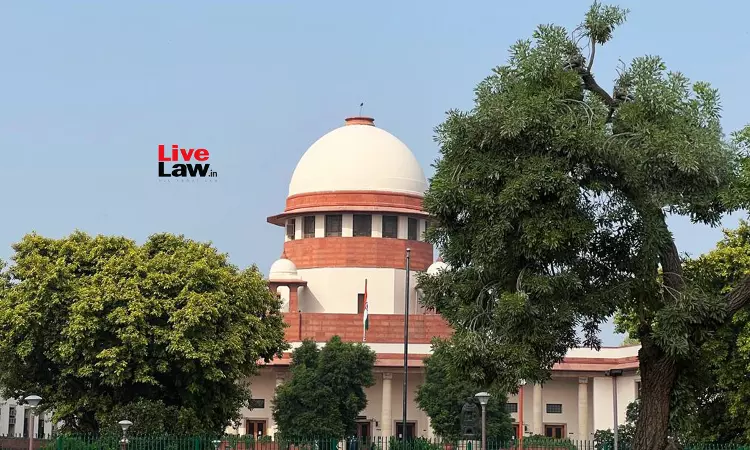'Last Seen' Circumstance Cannot Be Sole Basis For Conviction : Supreme Court Acquits Murder Accused
Ashok KM
17 Jan 2023 7:45 PM IST

Next Story
17 Jan 2023 7:45 PM IST
The court should not convict an accused only on the basis of the “last seen” circumstance, the Supreme Court observed while setting aside concurrent conviction of murder accused.The bench of Justices S. Ravindra Bhat and P S Narasimha observed that the “last seen” doctrine has limited application, where the time lag between the time the deceased was seen last with the accused, and...
